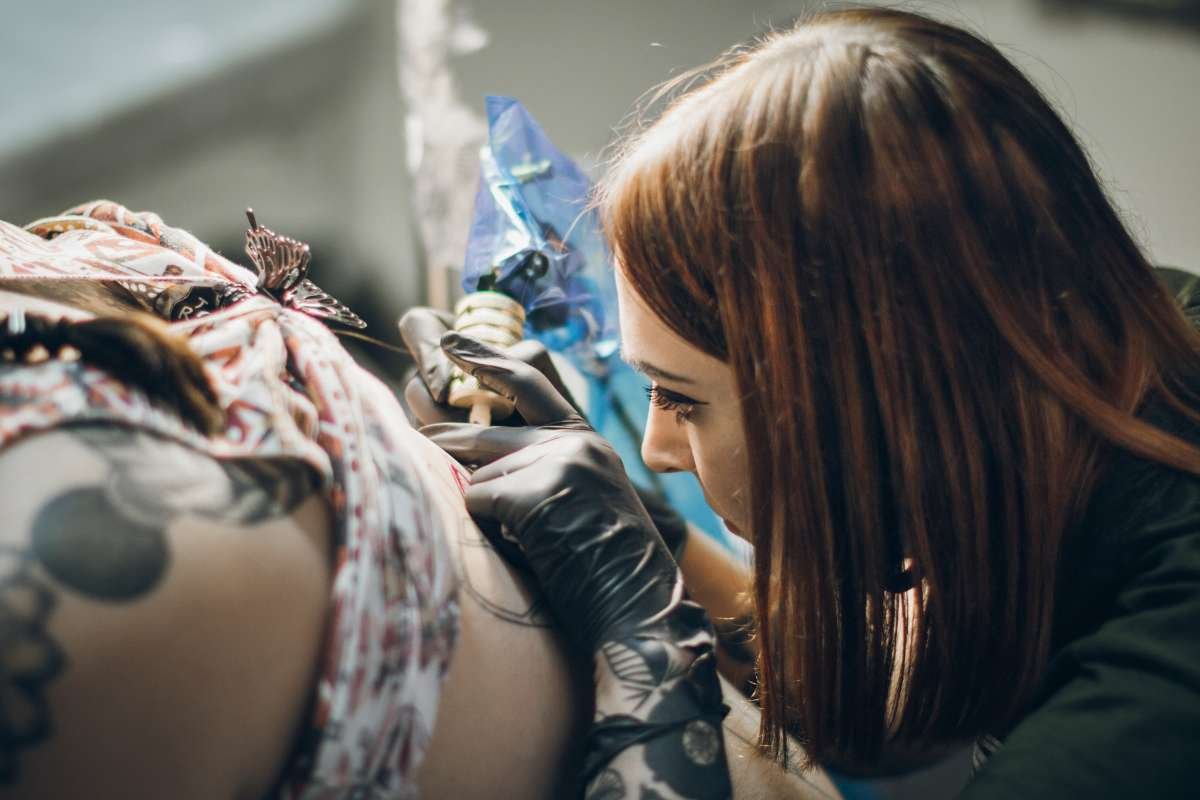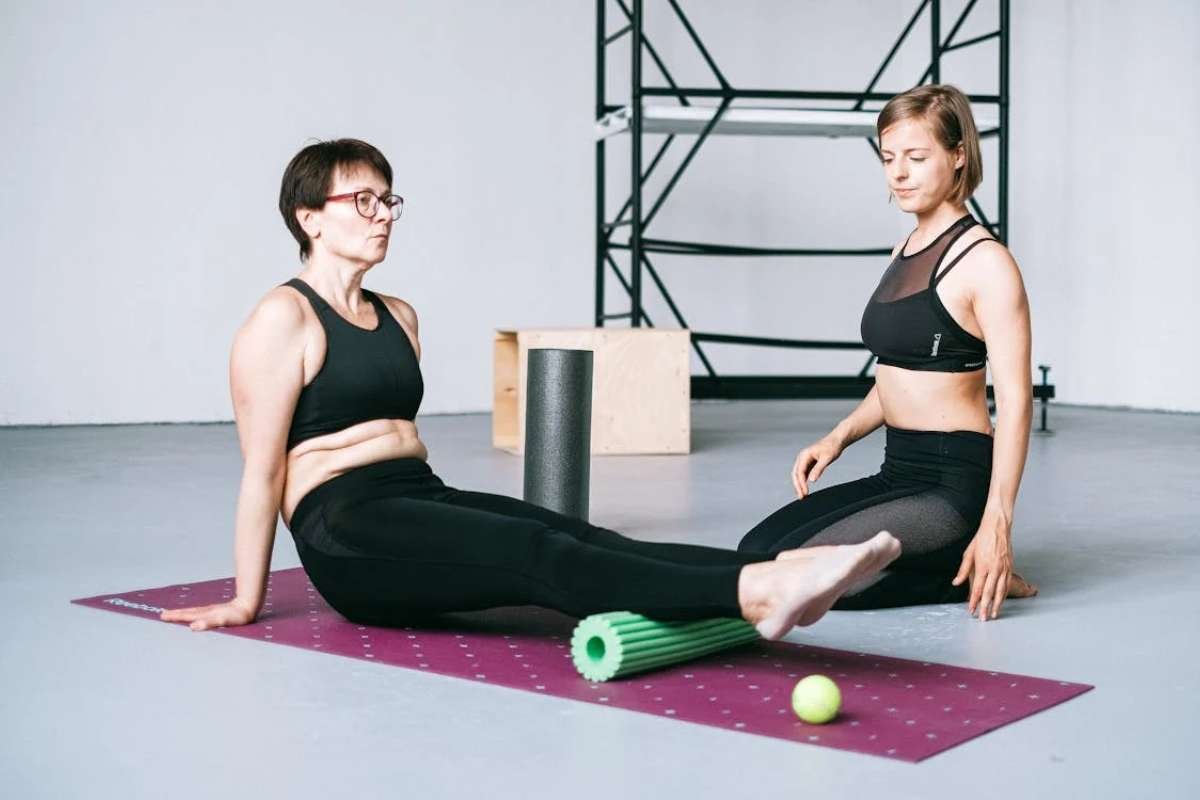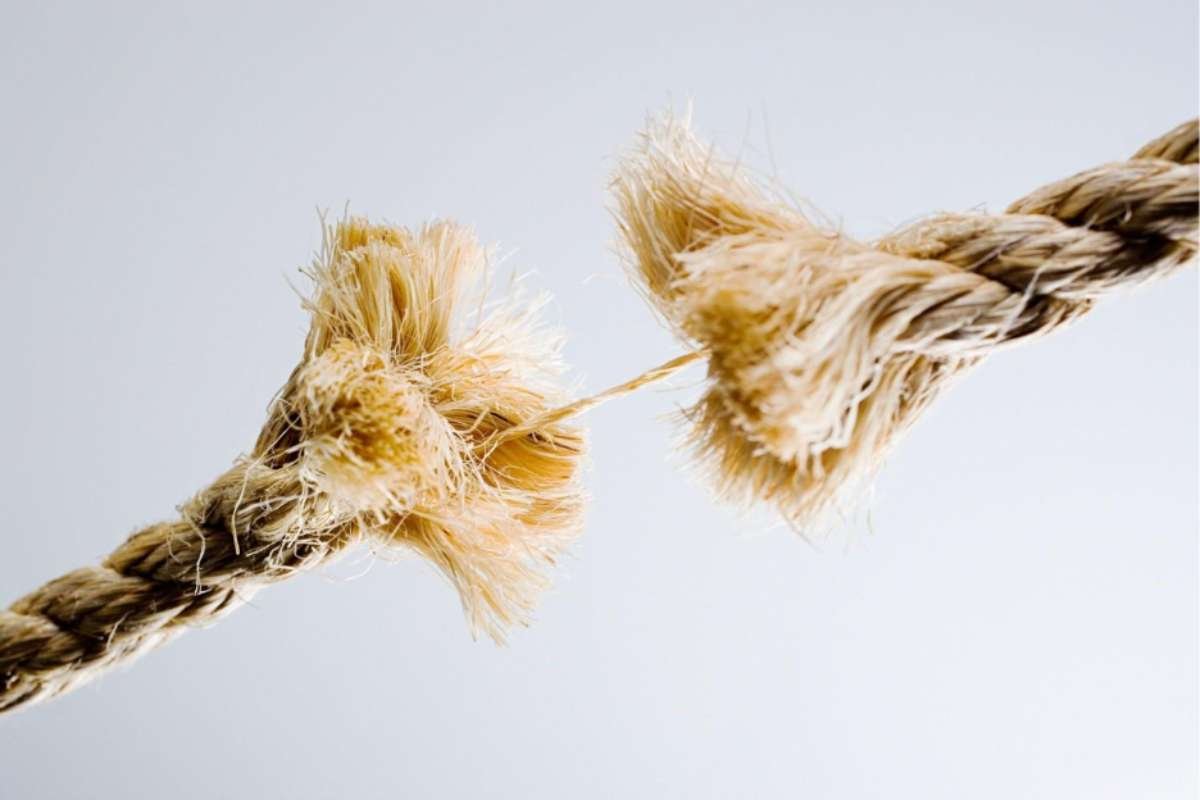Tattooing has transitioned from a subculture to an international art form that embraces individualism, creativity, and storytelling cultures. While the tattooing industry has been historically male-dominated, today, women tattoo artists are reshaping the industry with their unique artistic voice, innovative ideas, and distinctive designs. The rise of female tattoo artists is more than just a matter of representation; the rise of artists challenges stereotypes, creates a new sense of professionalism, and showcases that talent is not limited to one gender.
In the following article, we will discuss women in tattooing, recognize notable names of women tattoo artists, and discuss the global impact of female tattoo artists on the industry.
A Brief History of Women in Tattooing
Tattooing dates back thousands of years, but for centuries, it was largely seen as a male-driven profession. Women with tattoos were often marginalized or treated as novelties in circus sideshows. The professional side of tattooing offered even fewer opportunities for women to carve a space for themselves.
The shift began in the late 20th century, when pioneering women started pushing through the cultural barriers of a male-dominated industry. These early trailblazers not only fought for their place in tattoo parlors but also inspired the next generation of women who would carry the torch forward. Today, women tattooists are celebrated for their innovation, technical skills, and their ability to connect with clients on deeply personal levels.
Why Female Tattoo Artists Are in Demand?
The growing recognition of women in tattooing is not just about diversity—it’s about artistry and experience. Here are a few reasons why female tattoo artists are gaining massive popularity:
- Attention to Detail – Many clients appreciate the precision and patience that women bring to the craft, especially with intricate linework, fine details, and delicate designs.
- Empathy and Comfort – Some clients, particularly women, feel more comfortable being tattooed by another woman. Female artists often create a safe, welcoming environment for first-timers or those getting tattoos on intimate areas.
- Unique Artistic Styles – Women in the tattoo industry are known for introducing softer, more illustrative, or experimental styles that expand the boundaries of traditional tattooing. From watercolor techniques to ornamental mandalas, their designs often have a distinct flair.
- Breaking Gender Norms – Choosing a female artist is also a way for clients to support gender equality in a field where women have historically been underrepresented.
Influential Female Tattoo Artists around the World
Tattoo culture is as diverse as the artists themselves. Across continents, some women have made a significant mark by setting trends and pushing the boundaries of what tattooing can be.
1. Kat Von D (USA)
– One of the most recognizable names in the tattoo world, Kat Von D brought tattoo artistry to mainstream television and built a global brand around her gothic, detailed style.
2. Dr. Woo (USA)
– While not female, her influence has paved the way for minimalist tattooing. Many women artists, inspired by fine-line work, have expanded this style further.
3. Hannah Snowdon (UK)
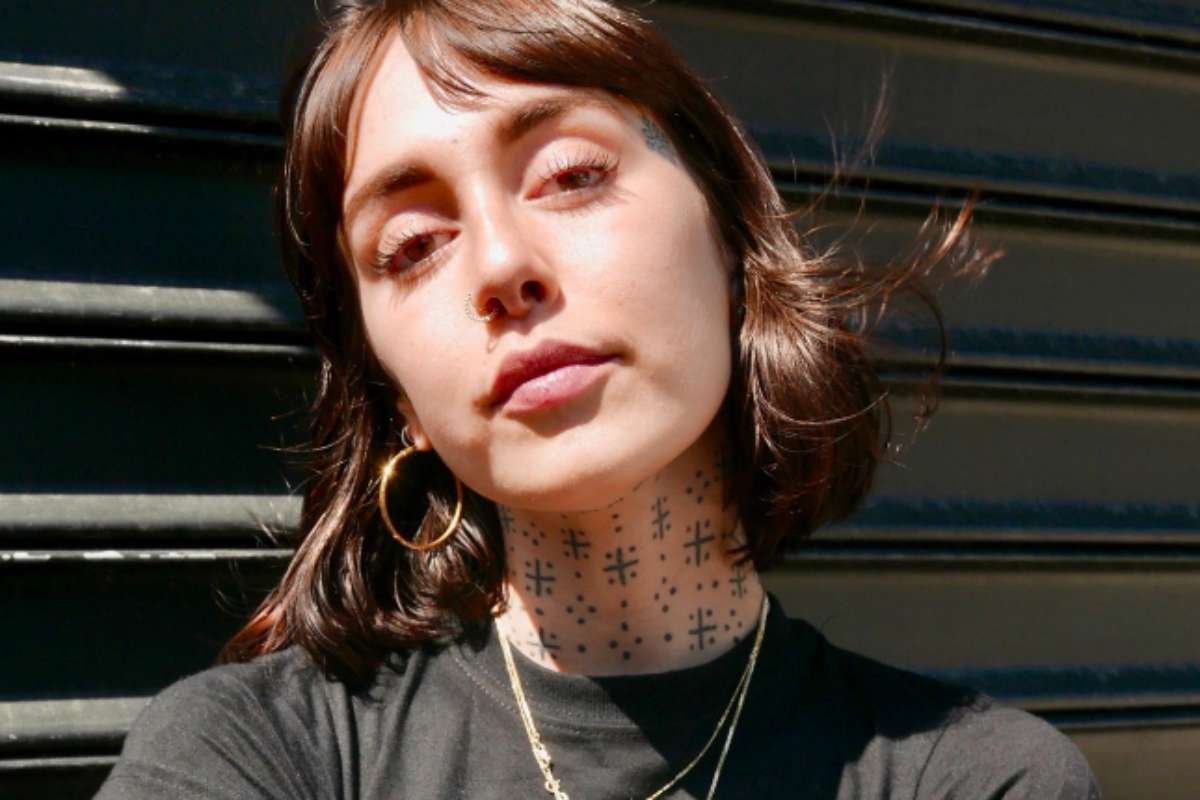
– Known for her bold blackwork tattoos, Snowdon combines sacred geometry with a touch of mysticism, creating pieces that feel timeless and deeply personal.
4. Miryam Lumpini (Sweden/USA)
– Nicknamed “The Witch Doctor,” Lumpini is known for her colorful, surrealist tattoos and has worked with celebrities, showcasing her ability to merge fine art with body art.
5. Eva Krbdk (Turkey/USA)
– Famous for her embroidery-style tattoos, Eva reimagines traditional design with vibrant thread-like strokes that mimic the look of stitched fabric.
These artists—and many others—are redefining what tattooing means, proving that creativity is limitless when barriers are removed.
Challenges Faced by Women in the Tattoo Industry
Despite the progress, women still face challenges in the tattoo world. Some of these hurdles include:
- Gender Bias – In some studios, female artists are underestimated or expected to conform to specific “feminine” styles.
- Harassment and Discrimination – Like many creative industries, tattooing has had its share of toxic environments, with women having to work harder to be taken seriously.
- Representation in Media – While shows like LA Ink highlighted women in tattooing, mainstream representation still tends to favor male artists, limiting visibility for equally skilled women.
- Balancing Expectations – Clients sometimes expect female artists to only specialize in delicate or small tattoos, overlooking their ability to master bold, large-scale designs.
Despite these challenges, more and more women are establishing their own studios, creating safe spaces for clients, and mentoring younger tattooists to ensure inclusivity.
Read More:
Best Tattoo Ideas for Women: Unique, Elegant, and Meaningful Designs
The Global Impact of Female Tattoo Artists
The rise of female tattoo artists has had ripple effects worldwide. Their contributions are not just limited to designs on skin but also in the broader cultural acceptance of tattoos. Here’s how their influence is shaping the future:
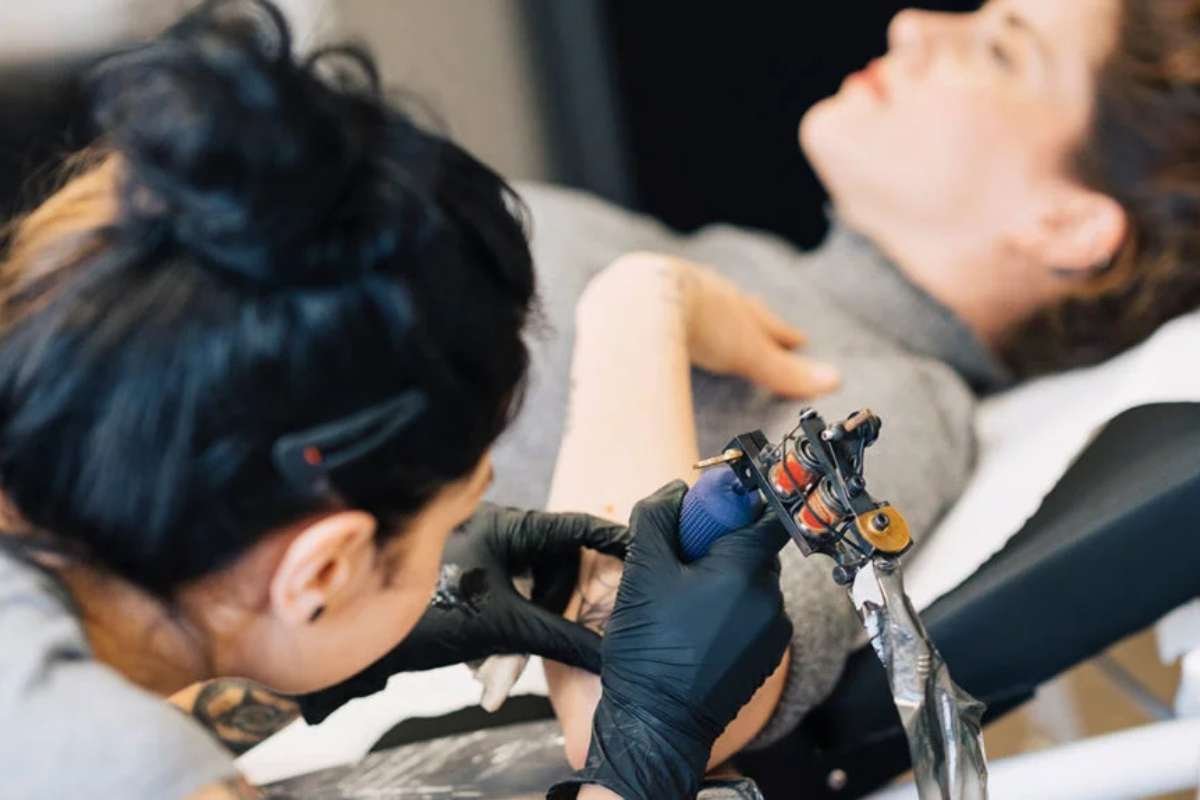
- Normalization of Tattoos – With women as both tattooists and clients, tattoos are no longer seen as taboo but as an extension of personal identity.
- Innovation in Styles – Women are leading trends in fine-line, watercolor, botanical, and illustrative tattoos. These softer, more artistic approaches are expanding the tattoo customer base.
- Safe Spaces for Clients – Many female-owned studios focus on inclusivity, ensuring that people of all genders, body types, and backgrounds feel welcome.
- Social Media Power – Platforms like Instagram and TikTok have allowed women artists to build massive followings, showcase their portfolios, and gain international recognition without needing traditional industry gatekeepers.
Tips for Choosing the Right Tattoo Artist
Whether you’re seeking a bold back piece or a subtle wrist design, choosing the right tattoo artist is crucial. Here are some tips to help:

- Research Their Style – Every tattooist has a unique approach. Look through portfolios to ensure their strengths align with your vision.
- Check Studio Reputation – Hygiene, safety, and professionalism are non-negotiable. Always choose licensed studios with good reviews.
- Consult Before Booking – Meet the artist, discuss your ideas, and see if you feel comfortable working with them.
- Value Skill Over Price – A tattoo is permanent—investing in a skilled artist is always worth it.
Conclusion
Tattooing goes beyond just ink – it’s storytelling, identity, and art all together. As women continue to grow in the industry, female tattoo artists are showing that they are not just necessary: they are revolutionary. This has grown the artistic palette of tattooing, encouraged inclusivity, and set new global standards in art.
By supporting women in tattooing, we are supporting diversity, creativity, and looking to a future in which art is not limited by gender. The next time you consider getting tattooed, checking out the work of female tattoo artists can lead you to a design that speaks to your story while also supporting an artist who is breaking barriers with every line!
Thanks For Reading!
See More
Famous Female Painters: Celebrating the Women Who Redefined Art History

